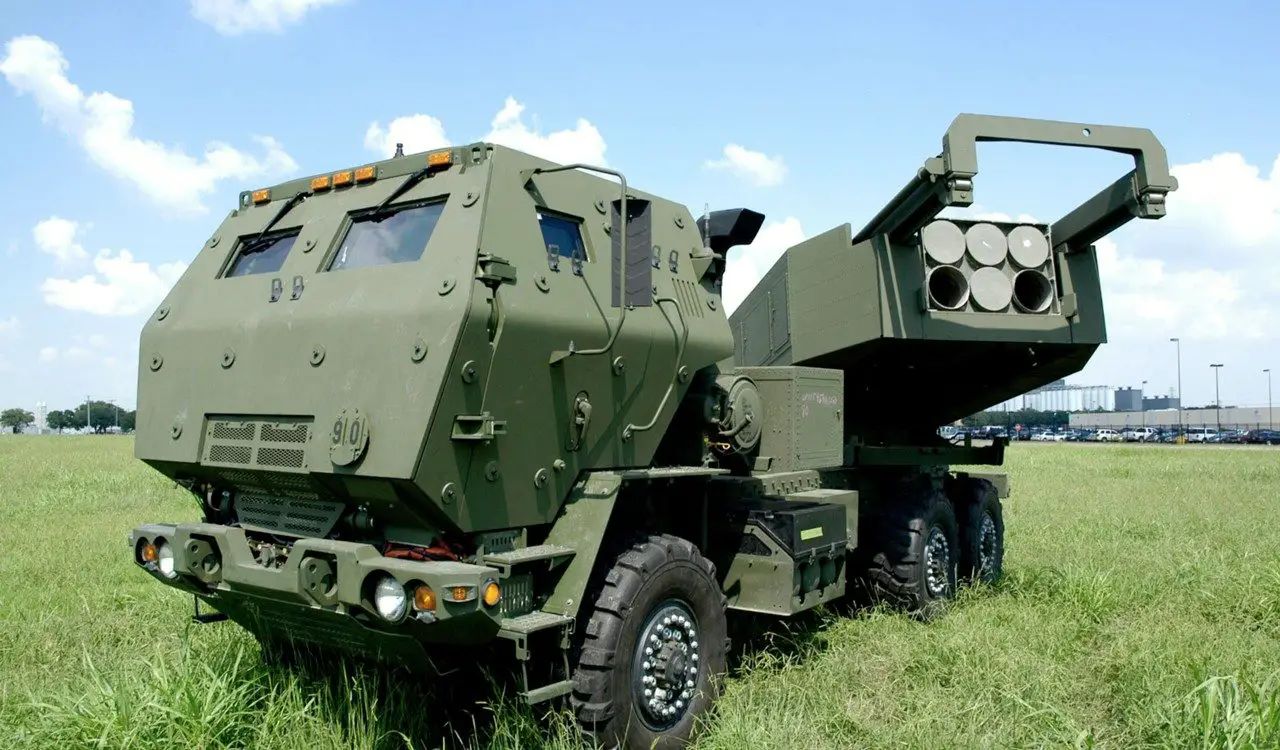Yes the Shermans were deployed, but you still have to get it ashore and into the battle. You have to look at the DSR overall rather than concentrating upon one or two individual items. It also listed three priorities:Last I looked, Sherman’s were deployed to Iwo Jima.
Armour was deployed to PNG, Borneo during WW2 & Vietnam et al.
SEA nations themselves have substantial fleets of heavy armour.
If the concern is that tanks don’t float, then before one puts its eggs in Amphibs, then one must surely be secure in the sea lanes safety simply to get there.
Amphibs are awesome, but ASW is a prerequisite, correct?
…..And when you do get there, I’m guessing one will want an IFV and close armour support once ashore.
"1.19 Instead of a 10-year warning time, the Review has identified three distinct time periods for Defence planning:
the three-year period 2023-2025 (for those matters which must be prioritised and addressed urgently);
the five-year period 2026-2030; and
the period 2031 and beyond." P.25.
The way I read it is that they are prioritising what needs are urgent and what can be dealt with later. Just because they are cancelling one regiment of SPH now doesn't mean that the 2nd Regiment won't be looked at further down the track. The same with the IFV. In both cases you have the industrial capability to build both, but other things are just more urgent in the short term.
Later it defines National Defence:
"3.10 National Defence includes:
Defence strategy and policy supporting whole-of-nation strategies;
an enhanced and expanded Alliance with the United States, including key force posture initiatives in Australia;
a new, more focused approach to defence planning based on net assessment;
a focus on deterrence through denial, including the ability to hold any adversary at risk;
a new approach to critical Defence capabilities that drives force structure;
a new approach to force posture for the ADF;
a whole-of-nation effort to develop strategic resilience;
accelerated military preparedness;
a more capable ADF;
the development of a fully joined-up and Integrated Force;
a new approach to the management of risk across government;
fundamental changes to Defence recruitment and workforce management;
enhanced sovereign defence industrial capacity in key areas;
a new approach to developing advanced military technology; and
a renewed focus on national planning for Defence preparedness."
P.32.
It is important to understand that is the context upon which changes to force structures, capabilities etc., have been suggested. You have to consider the wider perspective because that informs the changes to come.


